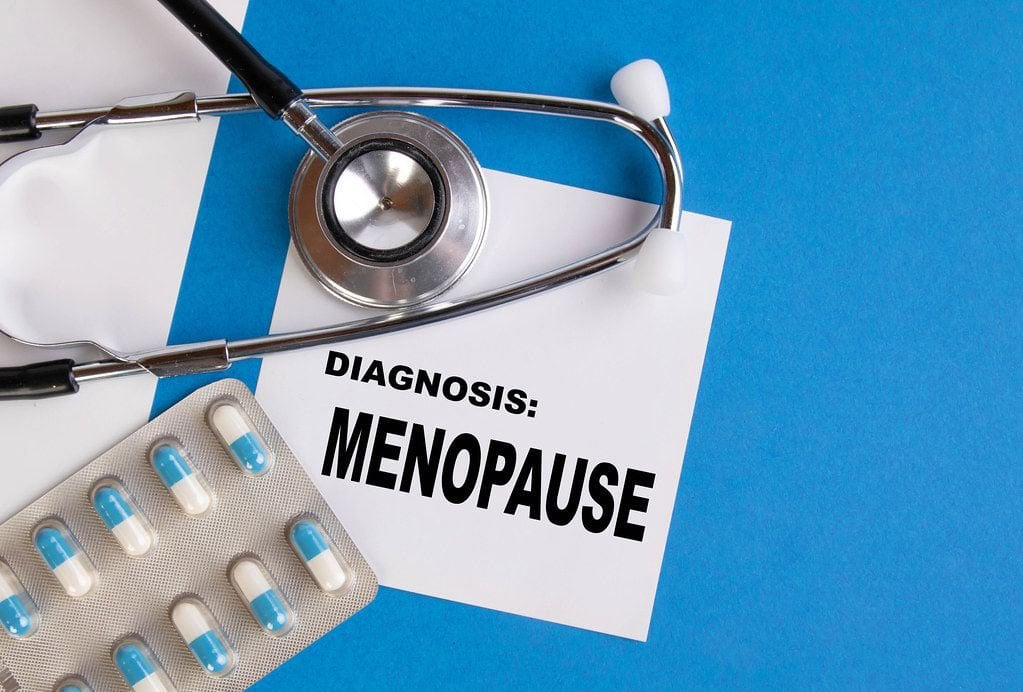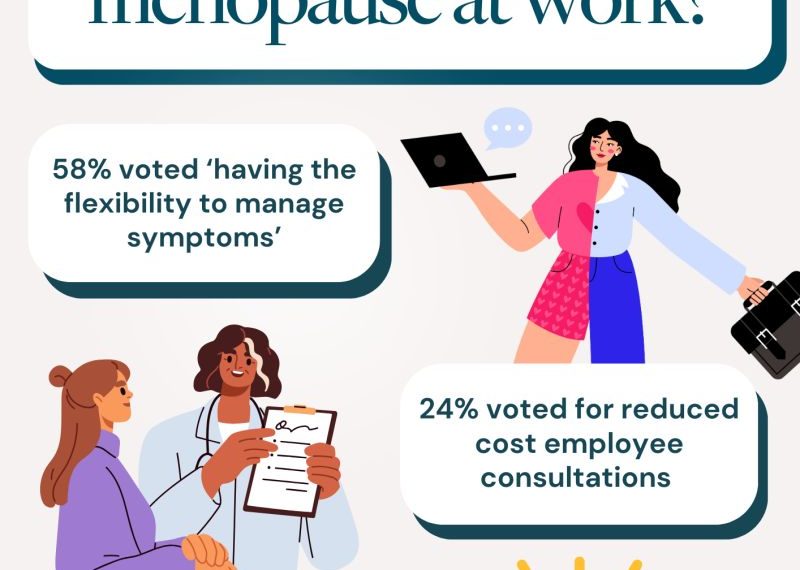Menopause & Hormones: What’s Changing—and How to Feel Better

Understanding Your Body’s Shift: A Guide to Menopause and Hormone Dynamics
Welcome. Here at Shero.info, we understand that life is a series of chapters, each with its own unique rhythm and experiences. Menopause is one such significant and natural chapter, a transition that touches every woman’s life. Often, it arrives with a flurry of questions and, sometimes, a sense of uncertainty. Our aim with this guide is to walk alongside you, offering clear, supportive insights into Menopause and hormone interactions. We believe that knowledge is empowering, and by understanding what’s happening within your body, you can transform this experience into one of deeper connection and self-awareness, navigating it with grace and confidence.
This isn’t just about listing symptoms; it’s about understanding the ‘why’ behind them. It’s about recognizing that the shifts you might be feeling are part of a profound biological process, one that your body is designed to navigate. Let’s explore this journey together, shedding light on the hormonal symphony playing out within you.
The Very Beginning: Understanding Hormonal Changes in Perimenopause
Long before the word “menopause” becomes a daily thought, your body begins a subtle, yet significant, transition. This phase is called perimenopause, which literally means “around menopause.” It’s the lead-up, the overture to the main event, and it can start several years—sometimes even a decade—before your periods stop for good. During this time, your ovaries, which have been the primary producers of key reproductive hormones, gradually begin to change their output.
So, what exactly are the hormonal changes in perimenopause? Think of it like a beautifully tuned orchestra where some musicians start playing a little off-key or at different volumes than before. Your ovaries start producing estrogen less consistently. Sometimes levels might be higher than usual, other times lower. Progesterone, another crucial hormone tied to your menstrual cycle and pregnancy, also begins to fluctuate. This erratic hormonal behavior is why perimenopause is often characterized by unpredictability. As the Endocrine Society notes, during perimenopause, ovarian function becomes erratic, leading to unpredictable drops and surges in estrogen and progesterone. This isn’t a smooth, linear decline; it’s more of a hormonal rollercoaster.
These early hormone fluctuations menopause often brings can manifest in ways you might already be noticing. Perhaps your menstrual cycles, once like clockwork, have become irregular – shorter, longer, heavier, or lighter. You might experience new or intensified PMS-like symptoms. Things that never bothered you before might suddenly feel more pronounced. Sleep disturbances can creep in, with nights becoming less restful. You might also notice shifts in your mood, perhaps feeling more irritable, anxious, or sensitive than usual. These are all common signals that your body is entering this new hormonal landscape. The National Institute on Aging highlights that irregular periods, hot flashes, sleep problems, and mood changes are common during this time. It’s your body’s way of signaling that a change is underway.
Navigating the Main Event: Understanding Menopause and Hormones
After the transitional period of perimenopause, you arrive at menopause itself. Officially, menopause is defined as the point when you’ve gone 12 consecutive months without a menstrual period. This milestone signifies that your ovaries have significantly reduced their production of reproductive hormones. While perimenopause was about fluctuating levels, menopause is characterized by a new, more stable, albeit lower, baseline for these hormones.
Let’s take a closer look at the landscape of menopause and hormones (plural, because several are involved) and understand the key players in their new roles:
First and foremost is Estrogen. Menopause brings a significant and more consistent decline in estrogen levels. Before menopause, estrogen, primarily produced by your ovaries, played a vast role in your body. It influenced your menstrual cycle, supported pregnancy, helped maintain bone density, contributed to cardiovascular health, played a part in skin and hair health, and even affected brain function and mood. As your ovaries wind down their estrogen production post-menopause, these levels drop substantially and then stabilize at this new lower level. This shift has a broad impact across your body, which we’ll explore more soon. According to the Cleveland Clinic, the most significant hormonal change at this stage is a sharp, sustained decline in estrogen as the ovaries largely cease their function.
Then there’s Progesterone. This hormone, which works in tandem with estrogen, primarily prepares the uterus for pregnancy and helps regulate your cycle. Its production is closely linked to ovulation. With the cessation of ovulation that defines menopause, progesterone production also decreases substantially. The interplay between estrogen and progesterone is delicate; as progesterone levels fall, this also contributes to the overall hormonal shift experienced during menopause. The drop in progesterone is a natural consequence of your ovaries no longer releasing eggs.
So, what generally happens to hormone levels during menopause? They transition from the unpredictable ups and downs of perimenopause to a new, sustained lower baseline for these key reproductive hormones. It’s less of a rollercoaster and more like settling into a new, different terrain. This new hormonal environment is what defines the menopausal state and influences many of the experiences associated with this life stage.
How Hormone Shifts Can Impact Your Daily Life: Connecting the Dots
Understanding that hormones like estrogen and progesterone are settling into new, lower levels is one thing. But how does this biological shift actually translate into your day-to-day experiences? Let’s connect these hormonal changes to some of the common experiences women report during menopause, always remembering that every woman’s journey is unique.
Sleep Patterns: If you’ve found yourself staring at the ceiling at 3 a.m. more often than you’d like, you’re not alone. Lower and changed levels of estrogen and progesterone can significantly affect sleep quality and duration. Estrogen, for instance, plays a role in how your body metabolizes serotonin and other neurotransmitters that influence sleep-wake cycles. Progesterone has a somewhat calming, sleep-promoting effect. As these levels change, you might find it harder to fall asleep, stay asleep, or you might wake up feeling less refreshed. And let’s not forget night sweats – those sudden episodes of intense heat and sweating during the night. These are a common manifestation of fluctuating or low estrogen levels impacting your body’s internal thermostat, directly disrupting your precious sleep. Research from sources like Forthwith Life indicates that sleep disturbances and night sweats are commonly linked to lower and fluctuating estrogen and progesterone.
Mood and Emotional Well-being: The connection between hormones and mood is well-established throughout a woman’s life, and menopause is no exception. The ongoing (or the settling after) hormone fluctuations menopause brings can impact your emotional landscape. Estrogen, for example, influences serotonin and norepinephrine, neurotransmitters that play a vital role in mood regulation. When estrogen levels decline, it can lead to changes in mood, such as increased irritability, anxiety, or feelings of sadness for some women. It’s important to remember that these feelings are often rooted in physiological changes, not a personal failing. The journey through perimenopause, with its unpredictable hormonal swings, can be particularly challenging for mood, and even as hormones stabilize in menopause, the new baseline can take some getting used to.
Weight and Metabolism: Many women notice changes in their body composition and metabolism around menopause. You might find that maintaining your usual weight becomes more challenging, or that fat tends to accumulate more around the abdomen, even if your diet and exercise habits haven’t changed much. Hormonal shifts, particularly lower estrogen, play a role here. Estrogen influences how fat is stored in the body and also seems to impact metabolic rate. As estrogen levels decline, your body may be more inclined to store fat, especially visceral fat (around your organs), and your overall metabolism might slow down slightly. This doesn’t mean weight gain is inevitable, but it does mean that you might need to be more mindful of your lifestyle choices to maintain your metabolic health. The Endocrine Society points out that declines in estrogen can affect metabolism and contribute to weight gain, particularly around the midsection.
Other Common Physical Changes: Beyond sleep, mood, and weight, the hormonal shifts of menopause can bring about a range of other physical changes. It’s helpful to be aware of these, not to cause alarm, but to foster understanding and preparedness:
- Hot Flashes/Flushes: Perhaps one of the most talked-about experiences of menopause, hot flashes are sudden feelings of intense warmth, often accompanied by a flushed face and sweating. These are thought to be related to estrogen’s role in regulating the hypothalamus, your body’s thermostat.
- Changes in Vaginal Health: Lower estrogen levels can lead to changes in the vaginal tissues, making them thinner, drier, and less elastic. This is often referred to as vaginal atrophy or the genitourinary syndrome of menopause (GSM), and can cause discomfort, dryness, itching, or pain during intercourse.
- Skin and Hair Changes: You might notice your skin becoming drier or less elastic, and your hair might become thinner or grow more slowly. Estrogen plays a role in collagen production and hair follicle health, so its decline can impact these areas.
- Cognitive Shifts (Brain Fog): Some women report experiencing “brain fog,” which can include difficulties with memory, concentration, or finding the right words. While research is ongoing, it’s thought that estrogen’s influence on brain function might contribute to these temporary cognitive changes.
It’s crucial to approach these potential changes not as a list of ailments, but as signals from your body as it adapts to a new hormonal milieu. They are common, they are normal, and importantly, there are many ways to manage them and maintain your quality of life.
Living Well Through Menopause: An Empowering Perspective from Shero.info
Navigating menopause isn’t just about enduring changes; it’s an opportunity for profound self-discovery and empowerment. At Shero.info, we firmly believe that a deeper understanding of the intricate link between Menopause and hormone activity is one of the most powerful tools you can possess. When you know what’s happening within your body and why, you move from a place of uncertainty or frustration to a position of informed action and self-awareness. This knowledge allows you to make choices that truly support your well-being during this significant transition.
We encourage you to cultivate a mindset of listening to your body. It’s communicating with you, sending signals about its needs. Perhaps it’s asking for more rest, different kinds of nourishment, more gentle movement, or simply more moments of quiet reflection. Recognizing these unique signals and acknowledging your body’s needs is a vital part of navigating menopause with greater ease. This isn’t about fighting your body; it’s about working with it, understanding its new rhythm.
Self-compassion and patience are your greatest allies during this time. Remember, your body is undergoing profound biological changes—changes that are entirely normal and part of the natural progression of life. There will be good days and perhaps some more challenging ones. Be kind to yourself through it all. Acknowledge the journey you’re on and celebrate the resilience and wisdom your body holds. This phase of life can bring a new sense of freedom and self-understanding if you allow yourself the grace to experience it fully. As resources like Balance Activ emphasize, education and understanding are key to empowering women through menopause, helping to normalize the experience and reduce any associated stigma.
Here at Shero, we’re dedicated to supporting you through every stage, and menopause is no different. Our platform offers features designed to help you track your experiences, understand your patterns, and access information tailored to your journey. From logging symptoms in our Calendar View to discovering Daily Tips that support well-being during menopause, and soon, connecting with a Community of other women, we aim to provide tools that empower you. Our customized plans for menopause support, focusing on your top symptoms like hot flashes or sleep issues, along with simple daily tasks, are designed to help you feel more in control and proactive.
Key Takeaways: Feeling Connected to Your Body’s Wisdom
As we draw this exploration to a close, let’s gather the core insights that can help you feel more connected to your body’s wisdom during this transformative time:
- Perimenopause is the Prelude: This transitional phase, often starting years before your final period, marks the onset of significant hormonal changes in perimenopause. Your ovaries begin to produce estrogen and progesterone more erratically, setting the stage for menopause and bringing initial symptoms like irregular cycles and mood shifts.
- Menopause is a New Hormonal Baseline: Menopause itself, confirmed after 12 months without a period, involves a more sustained shift to lower hormone levels during menopause. This is particularly true for estrogen. Menopause sees a significant and lasting decline in this key hormone, as well as progesterone, as ovarian function winds down.
- Hormonal Shifts Naturally Impact Well-being: These fundamental changes in your hormonal environment naturally influence various aspects of your physical and emotional well-being. From sleep patterns and mood to metabolism and other physical sensations like hot flashes, the decline in estrogen and progesterone plays a central role. Understanding this connection can demystify many of the experiences of menopause.
A final empowering thought from all of us at Shero.info: Menopause is not an ending, but a significant transformation—a new chapter rich with potential. Understanding its hormonal landscape is like having a map for this journey. It doesn’t eliminate all the hills or turns, but it helps you navigate them with greater confidence, make informed choices about your health and well-being, and foster a strengthened, more compassionate connection to your resilient and ever-evolving body. You are not alone on this path, and with knowledge and self-care, you can embrace this stage with vitality and peace.





